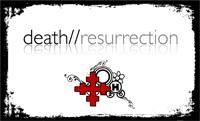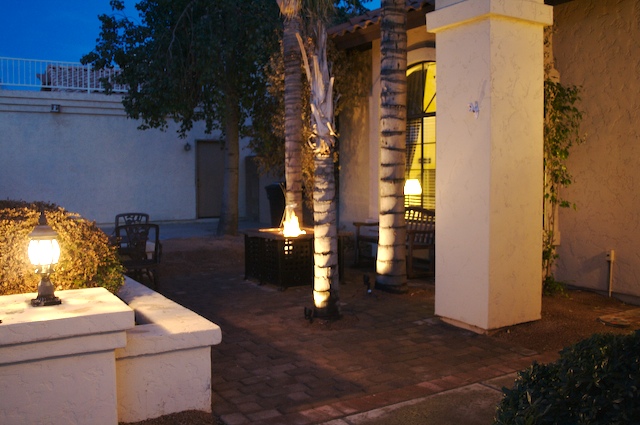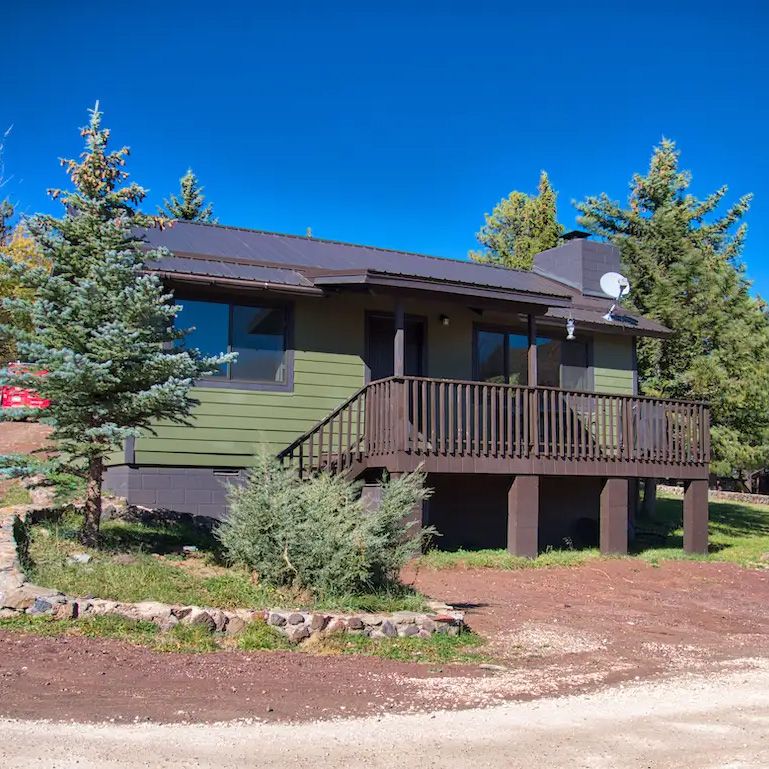 Yesterday, I began a series of posts about what it might look like to follow Jesus into death and resurrection. I mentioned that I think we go through symbolic deaths and resurrections all the time and when we go through these troubling times, we must remember both that death must precede resurrection, and that the hope of resurrection should carry us through the darkness we experience.
Yesterday, I began a series of posts about what it might look like to follow Jesus into death and resurrection. I mentioned that I think we go through symbolic deaths and resurrections all the time and when we go through these troubling times, we must remember both that death must precede resurrection, and that the hope of resurrection should carry us through the darkness we experience.
I read something interesting a few days ago about the words Jesus spoke on the cross just before his death, "Eloi, Eloi, lama sabachthani" (My God, my God, why have you forsaken me?). William Barclay, a Jewish Historian and Bible Commentator, proposes that Jesus' humanity was at it's most evident in this moment. When Jesus yelled these words, it was the human side of him feeling as if and questioning if he had been forgotten by God. In his pain, utter exhaustion, and on the brink of death he did what most of us do when we experience difficult times – we wonder if God has forgotten us.
I have to admit that this understanding of Jesus' words stretches me and stretches my understanding of Jesus. As a youth pastor I would teach Jesus as 100% man AND 100% God. After making a joke about being bad at math, I would admit that I had no idea what this actually looks like. But maybe, what it looks like is an internal wrestling, conflict even, between God and man inside Jesus. And if it is, maybe Barclay is on to something. Maybe Jesus was so deep in pain that we see his humanity speak louder than his divinity. After all, wasn't it these moments where his humanity was most necessary to his purpose. For God to die a substitutionary death for mankind, wouldn't it have had to be a human death? In the garden of Gethsemane, Jesus prayed from his humanity as he sweat blood, asked to be spared the cross, and wondered if there was another way to redeem creation. I, along with Barclay, wonder if Jesus was at a similar moment during those last minutes on the cross.
Either way, as we follow Jesus into death and resurrection this Easter, we must acknowledge that the path of following Jesus involves suffering. If we are to follow Jesus, we must follow the Jesus of suffering and death along with the Jesus of laughter, of joy, and of hope. Often we find ourselves asking God similar questions when in the midst of intense pain and anguish, "God, where are you?" and "God, why are you so far away?" It is in the moments of extreme pain and suffering that we follow Jesus to the honest place of loneliness as we feel from from God.
I wonder if we followed Jesus expecting that human existence will bring us tough times, maybe we could be more aware of where we are in the death/resurrection process while in it. And if we must follow Jesus also to death and resurrection, not just through joyous and exciting times, what does it look like to follow Jesus into these dark places of our own lives? What does it look like to follow Jesus into these symbolic deaths that life takes us through from time to time? I will explore that question in the next post.
See also: Following Jesus in Death & Resurrection (Part 1)
 This past Easter weekend, I ran across this interesting article on CNN.com by author, talk-show host, and CNN contributor, Roland Martin, entitled, "What Would Jesus Really Do?". In the article, Martin calls out those "who pimp God", those of the Christian faith that talk a big game, but walk a little one. He challenges the hate, the political agenda, and the over-obsession with abortion and homosexuality as the focus of many Christians. If you understand the Christian faith to be one that demands action, and not just holy talk, then you have to give this article a read.
This past Easter weekend, I ran across this interesting article on CNN.com by author, talk-show host, and CNN contributor, Roland Martin, entitled, "What Would Jesus Really Do?". In the article, Martin calls out those "who pimp God", those of the Christian faith that talk a big game, but walk a little one. He challenges the hate, the political agenda, and the over-obsession with abortion and homosexuality as the focus of many Christians. If you understand the Christian faith to be one that demands action, and not just holy talk, then you have to give this article a read.  "For just as the sufferings of Christ flow over into our lives, so also through Christ our comfort overflows." 1 Corinthians 1:5
"For just as the sufferings of Christ flow over into our lives, so also through Christ our comfort overflows." 1 Corinthians 1:5 

 I, along with many
I, along with many 
